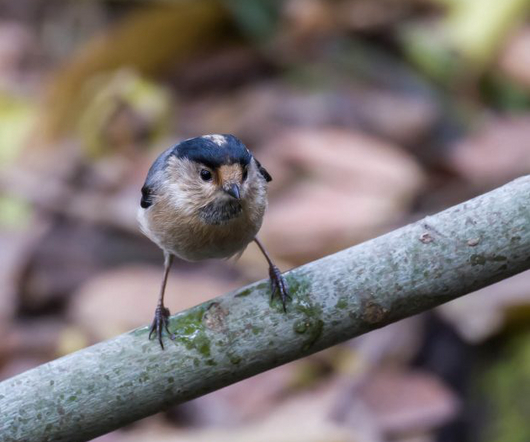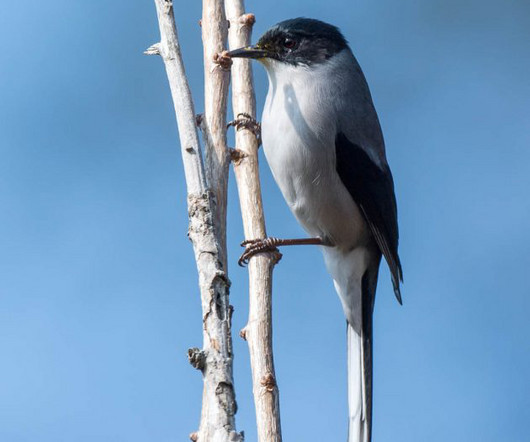Animal Activists Steal Ashes From Grave of Novartis CEO's Family
Critter News
AUGUST 26, 2009
Animal rights activists from a group called The Militant Forces Against Huntingdon Life Sciences went to a cemetery and dug up an urn belonging to the family of Novartis CEO Daniel Vasella. If you wish the urn that was taken from the grave to be returned then you need to publically finish with Huntingon Life Sciences immediately.



















Let's personalize your content